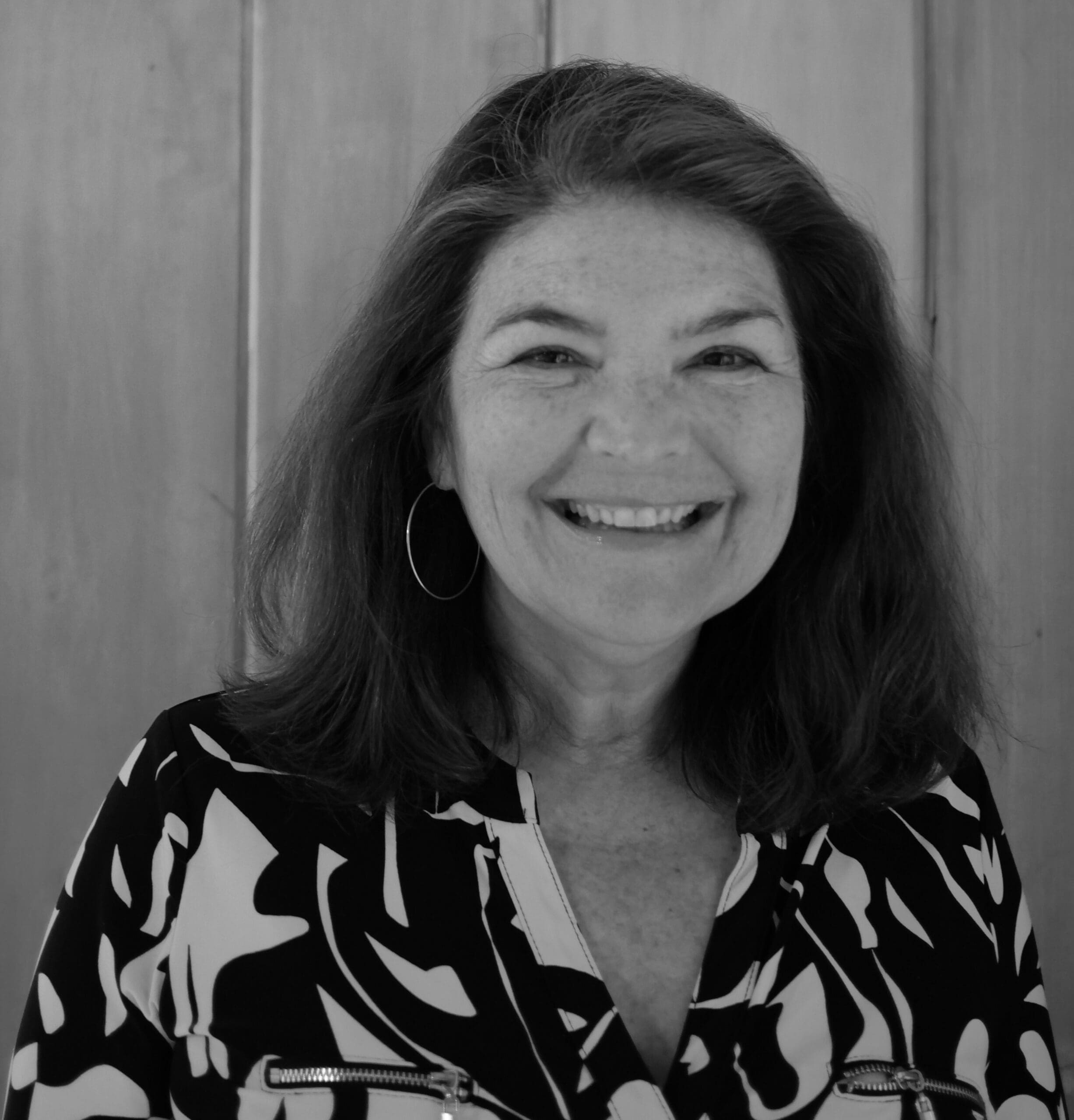With growing wait lists, living liver donors are on the rise.

Illustration by Stuart Briers
Last year, 1,169 people in the U.S. died while on the waiting list for a new liver. But patients with end-stage liver disease have a new reason for hope: an increase of living donors.
While people can sign up to be an organ donor after death, they are often surprised that they can be a living liver donor, says Joel Newman, senior communications strategist for the United Network for Organ Sharing (UNOS), the Richmond-based nonprofit that manages the nation’s organ transplant system. “The vast majority of liver transplants come from deceased owners. Where living liver donations often come around is in response to a personal story—a relative or a close friend, or somebody that the donor has heard about in the community.”
Of the 8,250 liver transplants that took place in the U.S. in 2018, 401 came from organs donated by living donors—an increase from 300 in 2017. UVA Transplant Center and VCU Health Hume-Lee Transplant Center are the only two sites that offer liver transplantation in Virginia; both offer living liver transplantation.
The “carefully orchestrated” dual surgery often takes place in adjoining hospital rooms, says Dr. Marlon Levy, an abdominal transplant surgeon (liver, kidney, and pancreas) and director of the VCU Health Hume-Lee Transplant Center. Both donor and recipient are put to sleep. Only a portion of the donor’s liver is removed, generally the larger right lobe. “Over time, the liver will regenerate,” says Newman. “It’s the only organ that does so.”
According to Levy, “Within about a few days [of the transplant], we can do scans that show some regrowth of the liver in the donor. And within four weeks, that regrowth is complete.”
Levy encourages individuals to consider signing up to become an organ donor through sites such as DonateLifeVirginia.org and to share that decision with their family. “Centers like ours who pursue live donor liver transplants do so out of a sense of desperation for our patients needing transplants,” he says.
With more than 13,000 people currently on the waiting list, including 168 in Virginia, “the liver is an organ that is greatly needed,” says Newman. “There are people that, at any moment, are at risk of dying within a week or sometimes hours without a liver transplant.” UNOS.org
This article originally appeared in our December 2019 issue.








